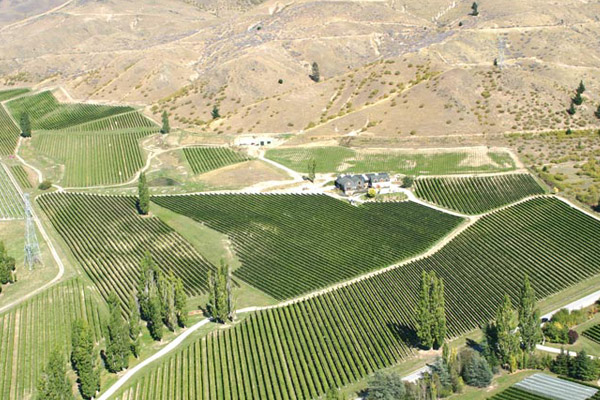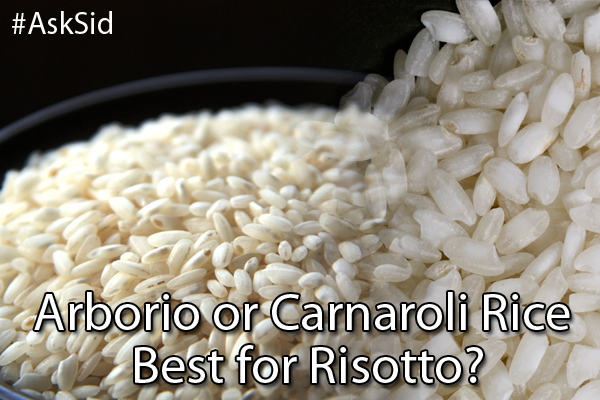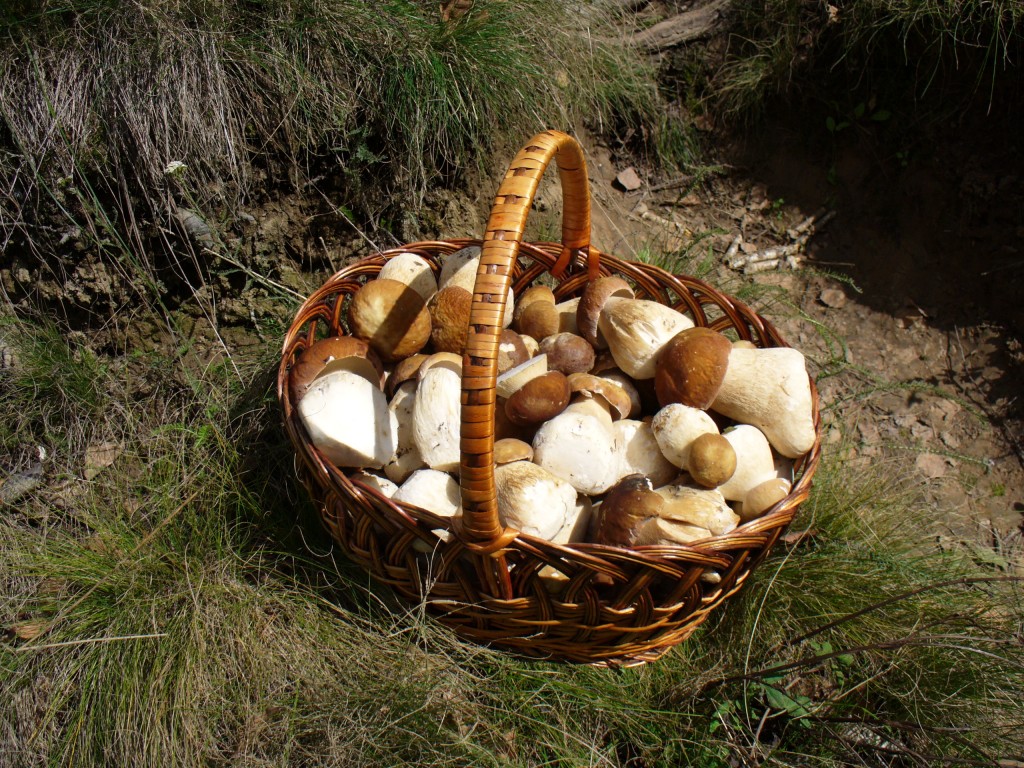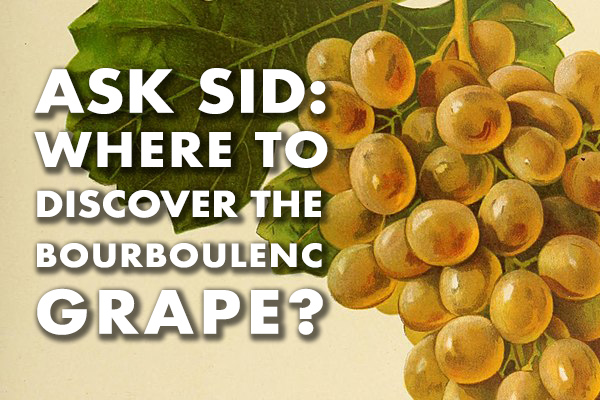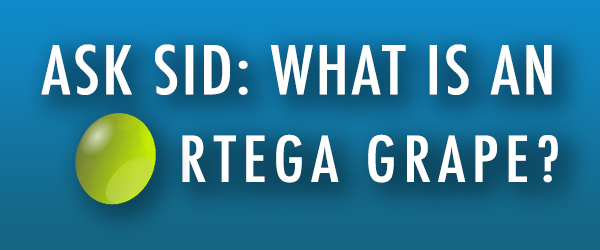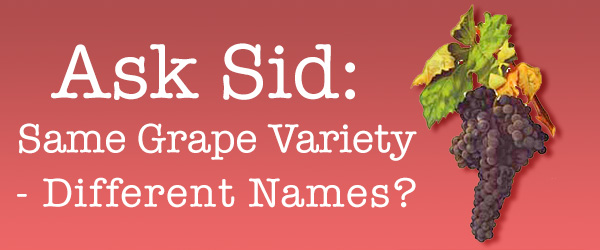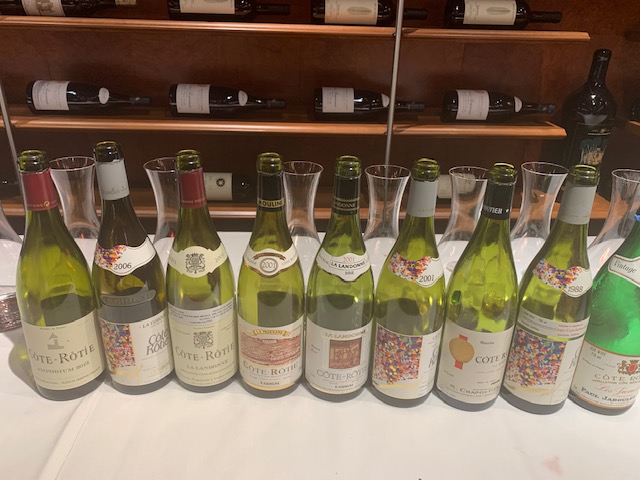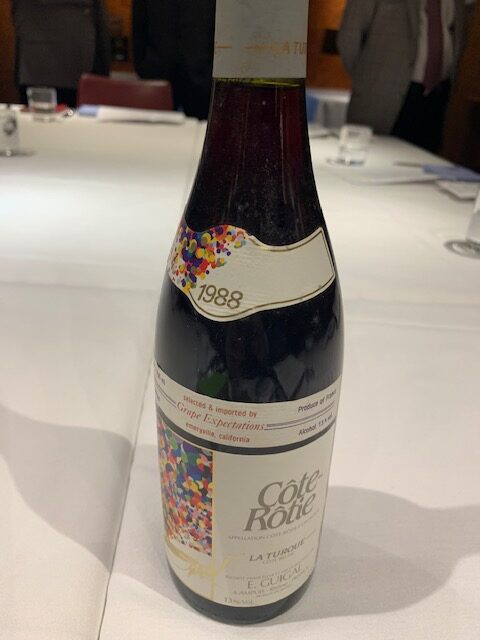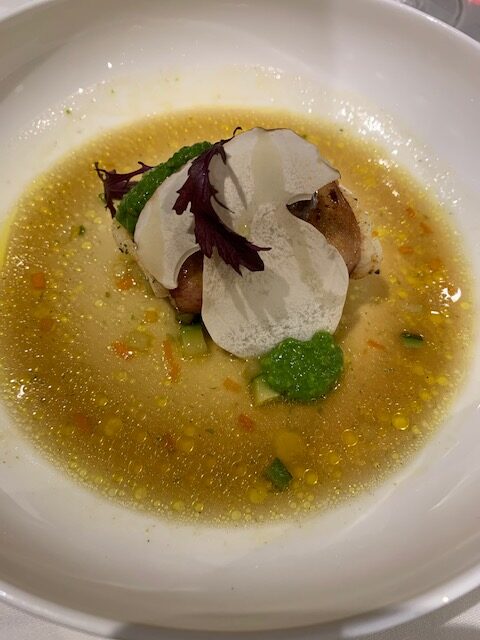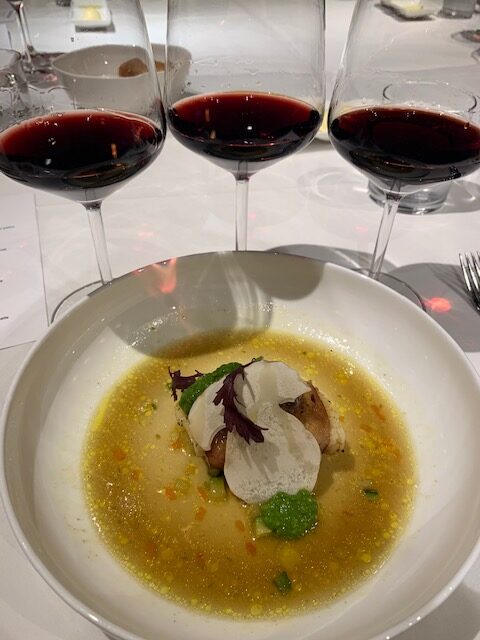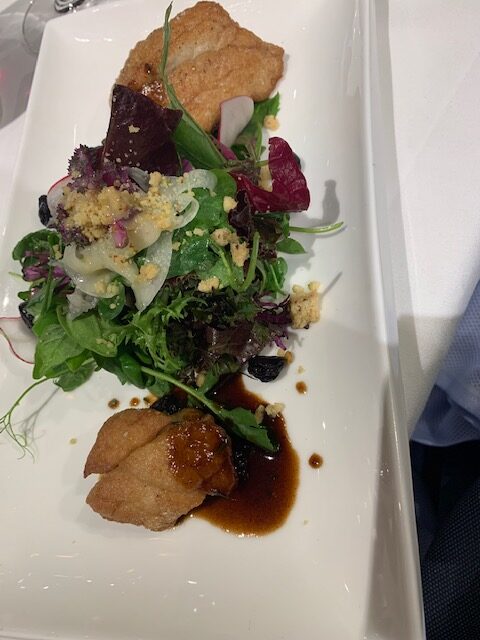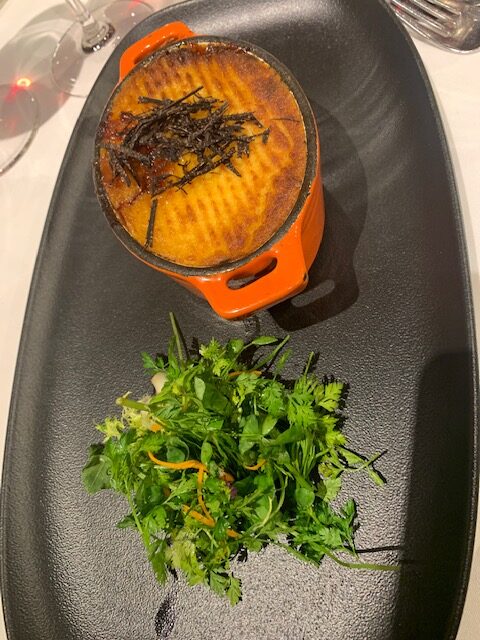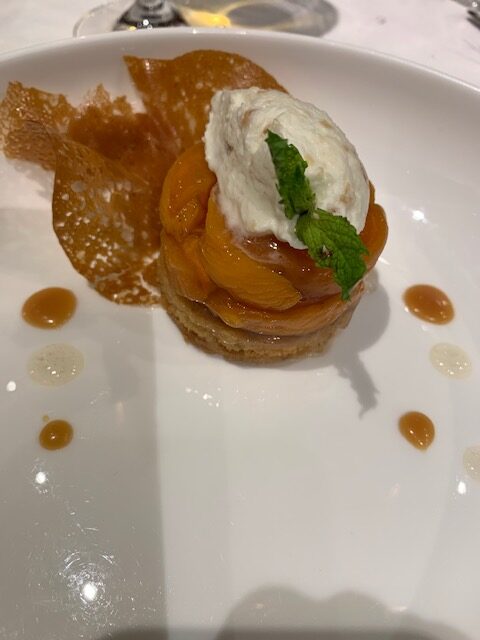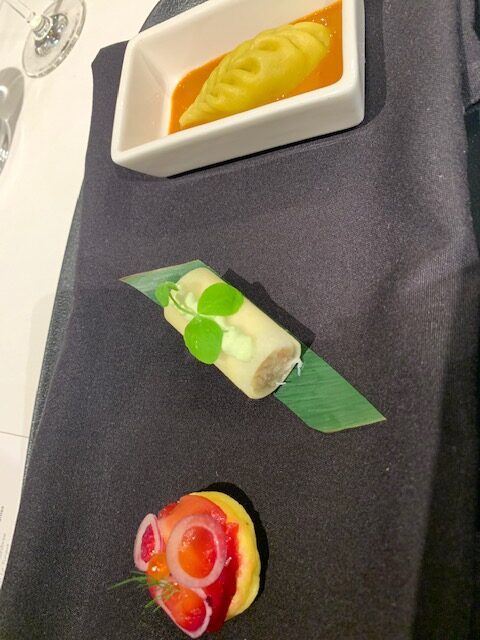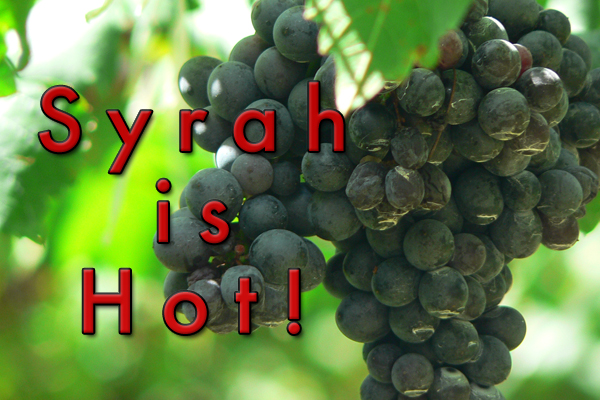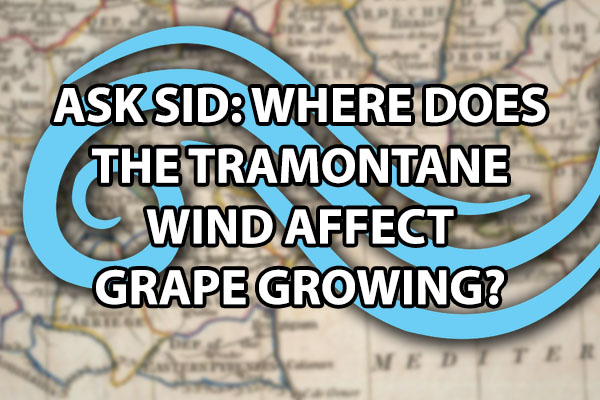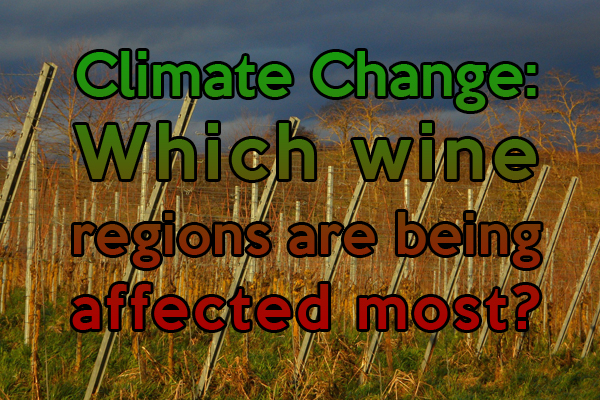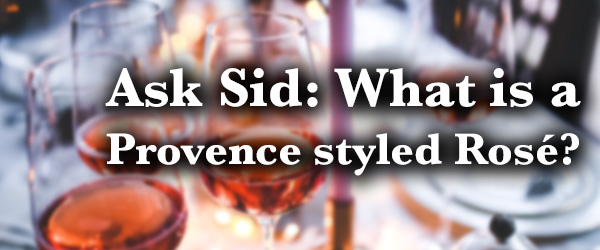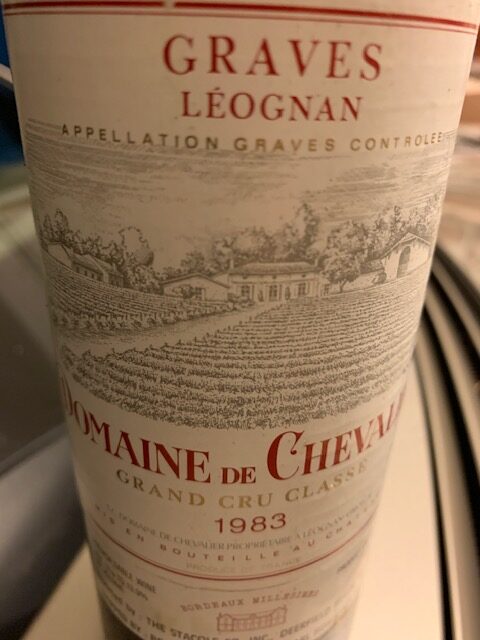
We enjoy this time of year with so much fresh produce arriving at your local food markets. Lots of seasonal vegetables (squash blossoms, pea-pods, & baby potatoes) coming into their own and those delectable juicy berries – blueberries, raspberries, strawberries, and cherries. Still waiting for the remarkable annual selection of heirloom tomatoes due later in the Summer with our fresh wild salmon run. Good forager searching right now and especially for mushroom hunters for those best wild fresh morels. They come in various colours from light blonde to grey to quite dark with a variation in quality. Some can be quite smoky from recent forest fires. There are so many versatile cooking methods but one of our favs is to saute them first (combo of butter & EVOO) and then finish by adding into a creamy risotto using homemade chicken broth. We prefer longer grain firmer textured Carnaroli rice (or classic versatile faster cooking Vialone Nano) but others may like the shorter grain Arborio. This recipe highlights well their unique rich nutty earthy flavours to best advantage. What wine to match with that dish?
Your scribe spent sometime thinking about a new pairing that might work well with this superb course. Checked Partners by Andre Simon but nothing specific was listed for morels or even a mushroom course. Lots of memories of our past successful matching of morels with a top quality chardonnay of say Hamilton Russell from South Africa, Leeuwin Estate Artist Series from Margaret River in Australia, Kistler Vineyards on Sonoma Mountain in California, and CheckMate Little Pawn in the Okanagan BC. Often have a go-to using Saint-Aubin, Meursault Perrieres, or Corton-Charlemagne. But so much great chardonnay these days being produced from around the world that it is hard to go wrong unless you choose something too sweet, too soft, or too oaky. A wine collector friend persists that only Chateau-Chalon vin jaune from the Savagnin grape in the Jura of eastern France works with morels – and buttered snails. Of course we also have some great memories of mushroom risotto with sparkling wine and especially versatile Champagne. However wanted to have a red wine on this occasion so these whites just didn’t fit. An earthy pinot noir just seemed too easy and brought back vivid memories of many outstanding ones from earlier days. Wanted something different. Thought about Italy because have found their diverse regional wines usually are excellent with Porcini or Matsutake (Pine) and of course Piedmont a must with white truffles. However morels are so distinctive with those smoky quite earthy tones that we wanted to doubly capture in the wine as well. Perhaps an even younger fuller red wine might work well if the morels were accompanying a chicken or a veal chop but we were spotlighting them mainly on their own this time. After racking my brain over several alternative choices finally decided the mature 1983 (better than their 1982) Domaine de Chevalier Rouge from Graves in Bordeaux had those smoked herbs, earthy, more mineral notes and was worth a try. The result was certainly a success with some of those same nuances present in both the wine and the morel risotto dish that when combined together made a more intense complex whole. However still second guessing myself and wonder if maybe an earthy lighter Malbec from Argentina or serious Cabernet Franc from either the Loire or Canada (successful variety in both Ontario & BC) might work just as well. Lots of choices out there to have next time. Maybe go back to my usual quality whites or red Burgundy? What would be your choice?
You might also like:
